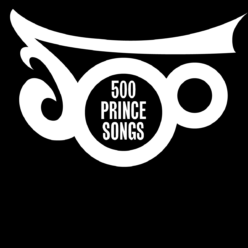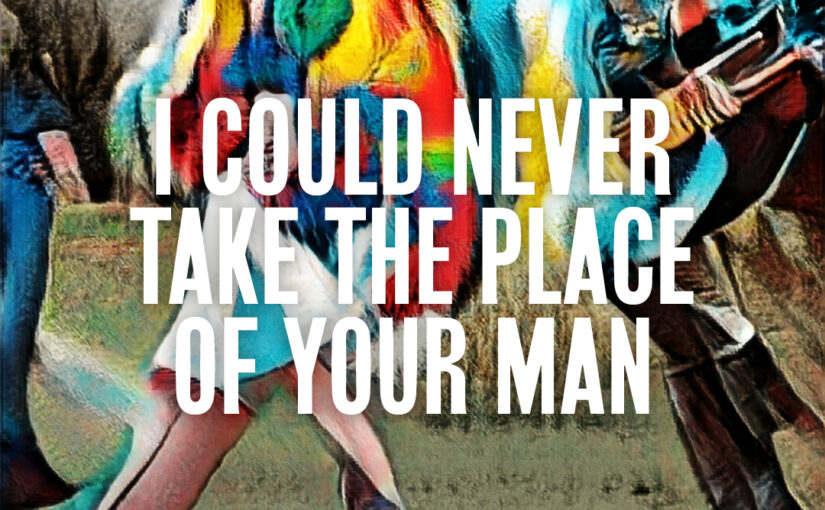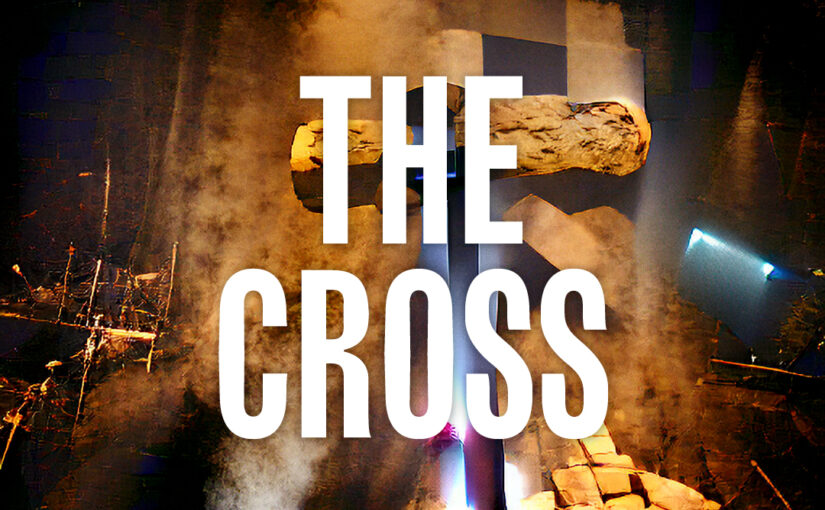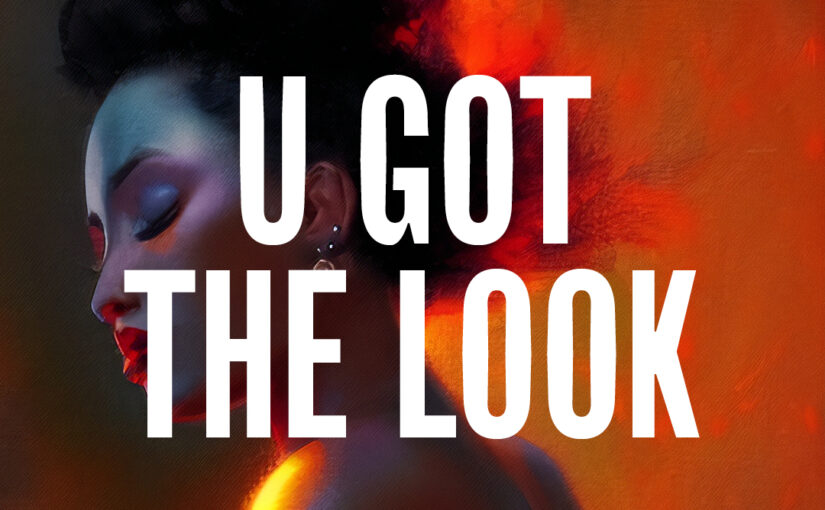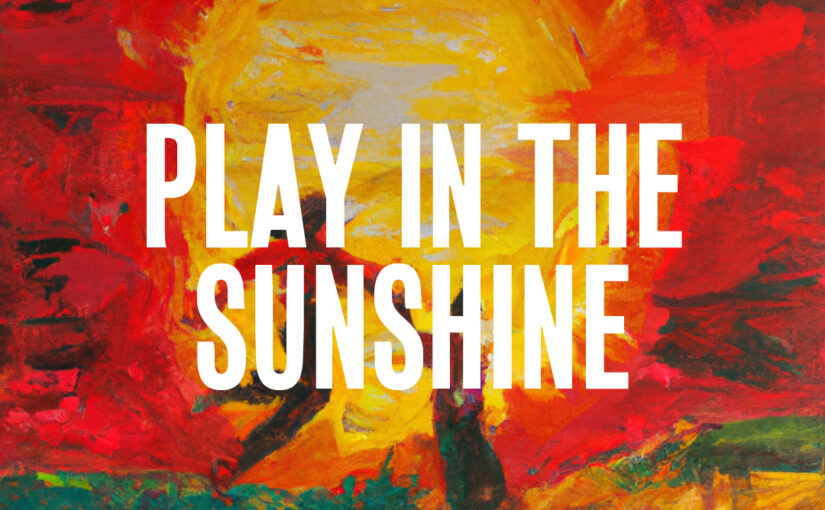Sign o’ the Times (1987)
The Revolution is dead. Its demise was officially announced to the world yesterday. A mutual parting of ways was inferred but there was really only one finger on the trigger. To disband them at their peak is a bold move but as an artist Prince had to follow his gut and fearlessly stride into the messy unknown. Today is a brand new chapter. A new dawn.
Prince enters the studio and Susan Rogers notices a weird energy about him. “He was off, he was different” she would later recall. With the tape rolling, he faces the world as a solo artist again and tells all the nagging critics, inner and outer, to “sh-shut up already!” He swiftly punctuates with a mild curse and unleashes the Housequake.
It’s an apt name. Quakes are caused by sudden subterranean activity creating waves of acoustic energy. They normally follow a geological rupture. After experiencing his own personal rupture, Prince is doing what he does best – converting his subterranean turmoil into acoustic energy.
He experienced his first earthquake a few months ago in the same building and it scared him in a profound way. He fears losing control and that was a loss on a biblical level. Sign o’ the Times and The Cross were created in the aftermath and show us Prince grappling with the meaning of mortality and death. He returned to Minneapolis shortly after but now he’s back in LA using the earthquake as a handy metaphor for the awesome power of on-the-one funk, similar to Bootsy Collin’s Mug Push.
The Housequake is a dance where people jump up and down to “make the house shake”. The lyrics are packed full of geological wordplay such as rocksteady or the kick drum being the fault. The bassline has the cadence of an earth tremor. The drum machine is a tectonic jack hammer, shaking an errant tom off-beat. A rift between two drum patterns heightening the sense of disruption.
Last month, he recorded the same drum beat on Shockadelica – the song that birthed Camille. Shockadelica didn’t exorcise this character from his psyche, it gave them energy. A hunger for a leading role. Today, Prince isn’t singing about Camille, he’s singing as Camille. Spitting out a volley of demands and questions, calling bullshit on unheartfelt responses or telling everyone to shut up and listen. A new future comes into focus. The next project. Three weeks later, the Camille album will be in the bag.
On this unreleased lp, Prince will use Camille to explore feelings that are uncomfortable to examine directly – lonely lustfulness, sadistic jealousy, crippling neediness – pockets of vulnerability that the conscious mind tries to repress. And because repressed emotions resurface in unpredictable ways, Camille could be seen as a way for Prince to exorcise control over those dark desires. Understanding them is the first step to keeping them in check. But Housequake seems only concerned with the funk – something Prince can do in his sleep. Why the need for Camille? Are there any uncomfortable corners, ugly truths, being probed?
It could be spite that is driving Housequake. A need to smite his critics and doubters. It wouldn’t be the last time Camille was used in this way. But the driving motive could also be fear. Fear about not maintaining control. Twelve months ago, Prince held his first ever TV interview and spoke of a formative experience he had aged 11. His stepdad put him on stage to dance at a James Brown And His Famous Flames concert and Prince tells the interviewer that what influenced him most about James Brown that night was his control. Control over his group. Control over his dancing girls. It was what inspired Prince to pursue stardom.
Now, with his world in turbulence, Prince is desperate to regain control. He moves back to LA, cuts his ties, gives his band their marching orders and uses his new fearless avatar Camille to embody the exemplar of control that inspired him at a young age. He’s James Brown and the world is the 11-year-old dancing at his feet. And how does he show he’s in control? He faces and wields dominion over the thing that scared him the most that year. The quake. When the recording studio shook the last time he was in LA he freaked out because events were beyond his control. Today the same studio will shake again but it will be at his command. This isn’t just funk he’s performing. It’s exposure therapy.
